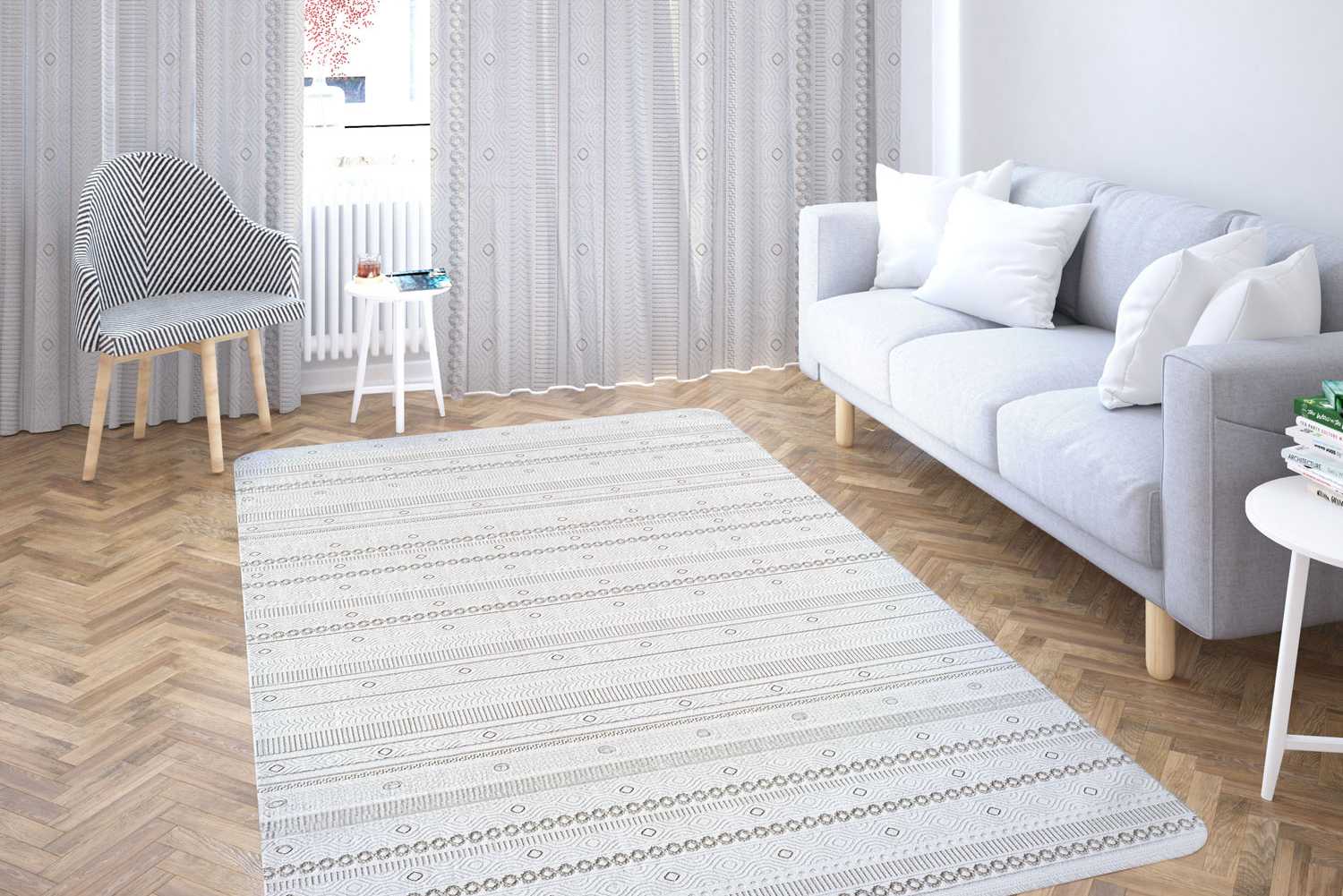
When searching for a high-quality rug, it is indeed important to consider the type of material used. The choice of material significantly impacts the rug's overall quality, durability, and performance. Here are some points to consider when evaluating rug materials.
What is the Quality of the Material?
- Natural Fibers: Natural fibers, such as wool, silk, cotton, and jute, are often favored for their durability and luxurious feel. Wool is particularly popular due to its resilience, stain resistance, and ability to retain its shape. Silk rugs are known for their lustrous appearance but require more delicate care.
- Synthetic Fibers: Synthetic fibers, including nylon, polyester, and polypropylene (olefin), are often chosen for their affordability, stain resistance, and ease of maintenance. They can offer a good balance between cost and durability, making them suitable for high-traffic areas or households with pets or children.
- Blended Fibers: Some rugs may combine natural and synthetic fibers to leverage the benefits of both. For example, a wool and nylon blend can provide the softness and resilience of wool with the added durability and stain resistance of nylon.
While rubbing the fabric between your fingers can give you a sense of shedding, it is not the sole determining factor for a rug's quality. Shedding is common in new rugs, especially those made of natural fibers, and it tends to diminish over time with regular vacuuming and use. It's also essential to consider other aspects like the density of the weave, the quality of craftsmanship, and the overall design.
When investing in a rug, it's helpful to gather information about the material, read customer reviews, and consult with experts or trusted sources to ensure you choose a rug that aligns with your preferences and requirements.
What is the Length of the Pile?
When it comes to rug pile height, there are different options to consider, and your preference will depend on your personal taste and the desired characteristics of the rug. Here are some factors to consider:
- High Pile: Rugs with a high pile height have longer fibers that create a plush and luxurious feel. They often provide a soft and cushioned surface underfoot, making them comfortable and cozy. High-pile rugs can add warmth and a sense of luxury to a room. However, it's important to note that high-pile rugs may require more maintenance and can be more challenging to clean, as they tend to trap dust and dirt more easily.
- Low Pile: Rugs with a low pile height have shorter fibers, which create a flatter and more compact surface. They offer a smoother texture and are generally easier to clean and maintain compared to high-pile rugs. Low-pile rugs are often a practical choice for high-traffic areas or households with pets, as they are less likely to show footprints or vacuum cleaner marks. They also tend to be more durable over time.
Ultimately, the choice between high pile and low pile will depend on your personal preferences and the specific requirements of the space where the rug will be placed. Consider factors such as the desired comfort level, ease of maintenance, the overall style of the room, and the intended use of the rug.
It's also worth mentioning that there are other pile heights in between high and low, such as medium pile, which offer a balance between softness and ease of maintenance.
When selecting a rug, it can be helpful to feel and compare different pile heights to determine which one suits your needs and preferences best.






